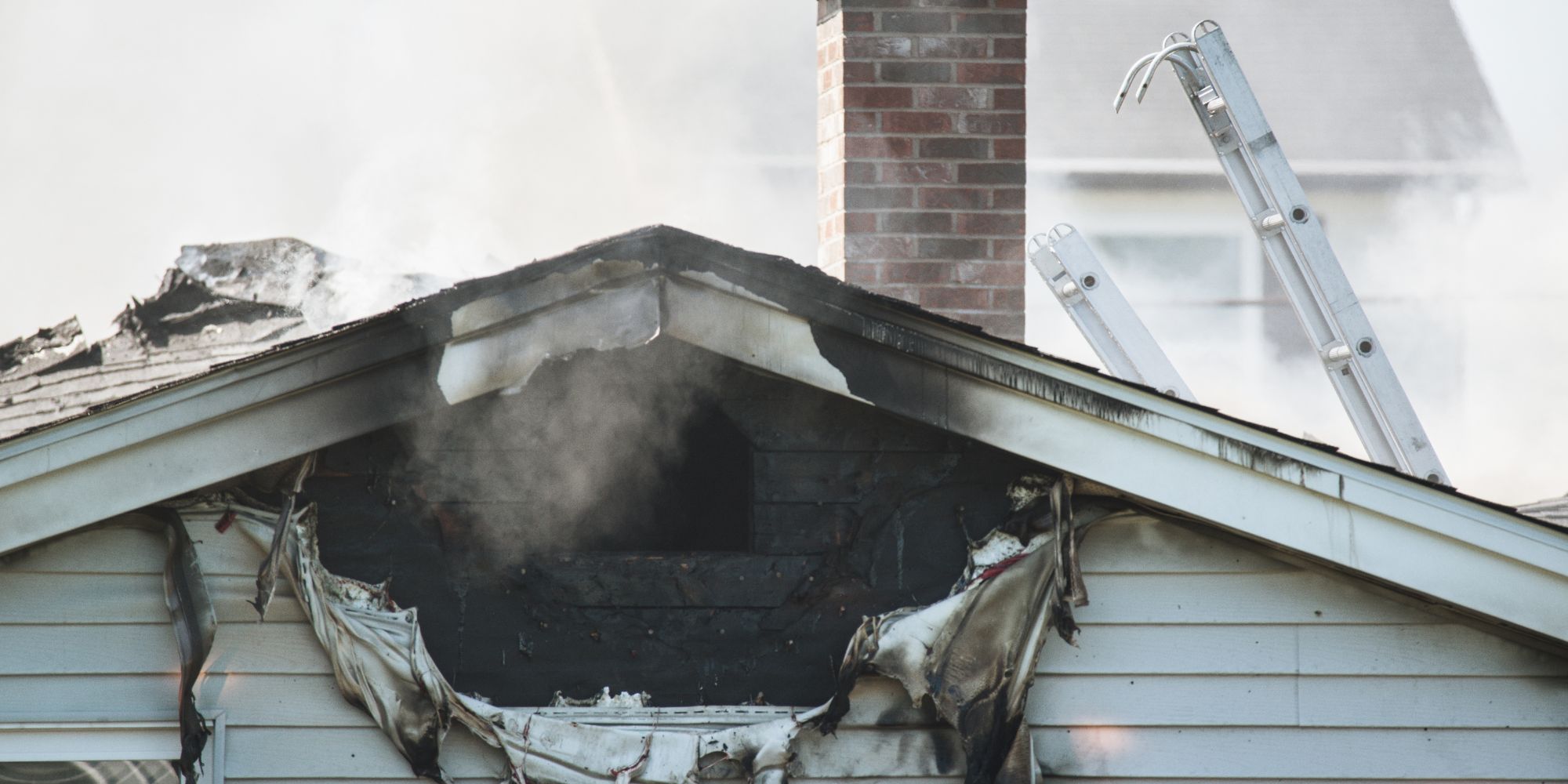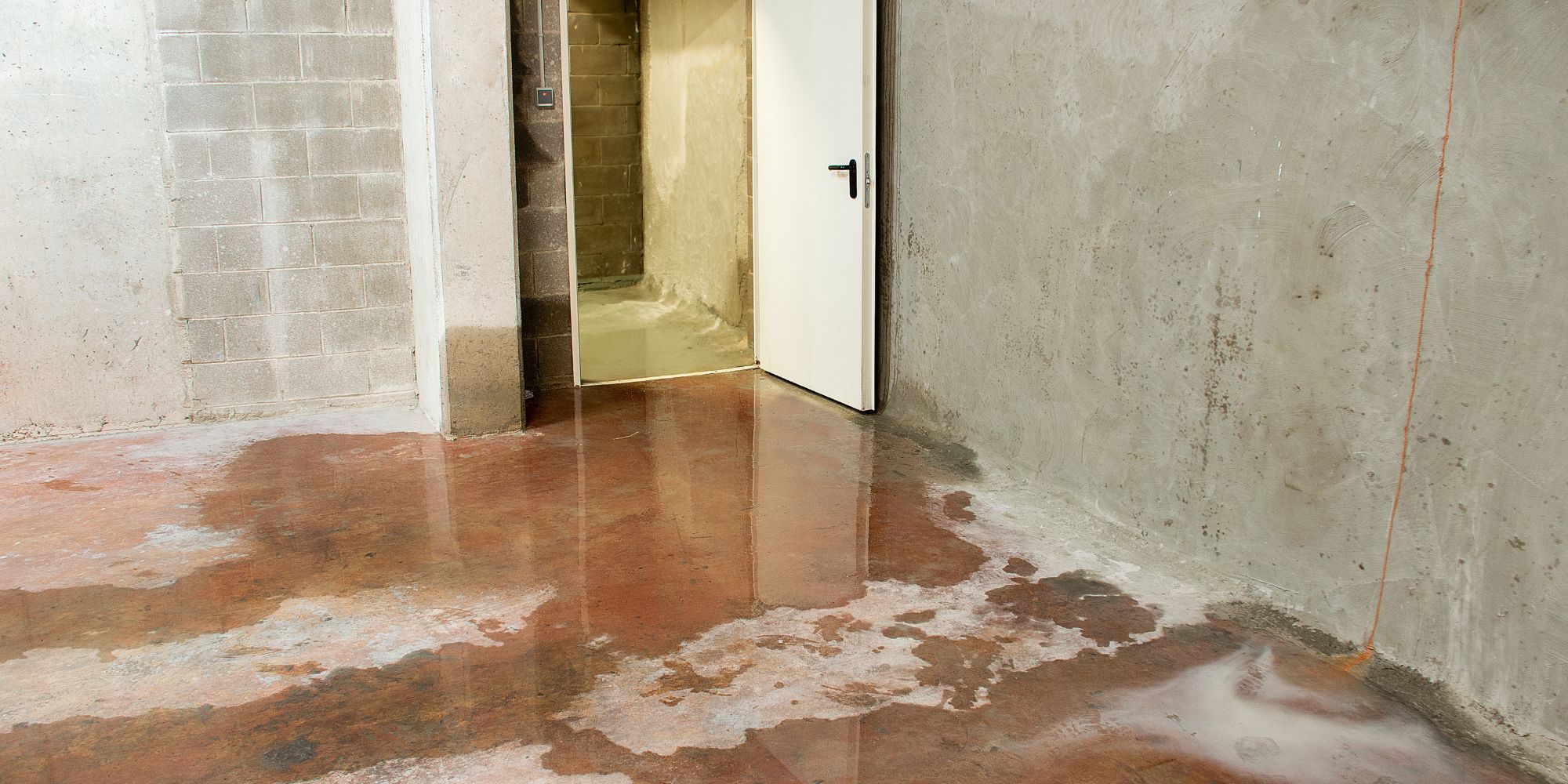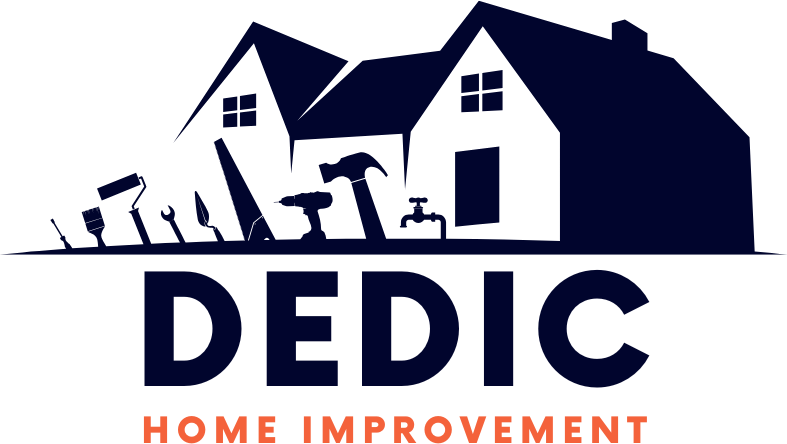Hey folks, as a contractor in Mechanicsburg, PA, I’ve seen firsthand the devastation that unexpected events can bring to a homeowner. We’ve helped countless families rebuild after storms, fires, and other incidents. And honestly, one of the most crucial pieces of the recovery puzzle is understanding your home insurance policy.
It’s easy to file away that paperwork and forget about it until something goes wrong. But trust me, knowing what your insurance covers can be the difference between a manageable setback and a financial catastrophe. That’s why I wanted to take some time today to break down some key areas of your homeowner’s insurance and shed some light on how it can protect your biggest investment.
Think of your home insurance as a safety net. You pay your premiums hoping you’ll never need it, but when life throws a curveball, it’s there to catch you. Let’s dive into some common scenarios and what your policy might cover:
The Roof Over Your Head: When Insurance Steps In for Roof Damage

Your roof is your home’s first line of defense against the elements. From harsh Pennsylvania winters with heavy snow and ice to summer thunderstorms and falling debris, it takes a beating. So, what happens when your roof suffers damage?
- Hail and Wind Damage: This is a frequent culprit around here. Strong winds can rip off shingles, and hailstones can cause dents and cracks that compromise the integrity of your roof. Most standard homeowner’s policies will cover the cost to repair or even replace your roof if the damage is directly caused by wind or hail. Keep in mind that policies often have deductibles, so you’ll pay a certain amount out-of-pocket before the insurance coverage kicks in.
- Falling Objects: Whether it’s a tree branch during a storm or even a satellite dish that comes loose, damage caused by falling objects is generally covered. Make sure to document the damage thoroughly with photos and get a professional assessment.
- Fire Damage: We’ll talk more about fire in a bit, but if a fire damages your roof structure, insulation, or shingles, your insurance will absolutely be involved in the repairs or replacement.
- Sudden and Accidental Water Damage: If a sudden event, like a burst pipe in the attic, leads to water damage that affects your roof decking or structure, your policy might cover the necessary repairs. However, it’s crucial to understand that gradual leaks or lack of maintenance that lead to roof deterioration are typically not covered. This highlights the importance of regular roof inspections and addressing minor issues before they become major (and potentially uninsured) problems.
Dealing with Disaster: Fire and Smoke Damage

The thought of a fire in your home is terrifying, but it’s a reality some unfortunately face. Homeowner’s insurance is designed to be a significant safety net in these devastating situations.
- Dwelling Coverage: This part of your policy covers the physical structure of your house, including the walls, foundation, and yes, the roof. If a fire damages these components, your dwelling coverage will help pay for the repairs or even the complete rebuild of your home, up to your policy limits.
- Personal Property Coverage: Fire doesn’t just damage the structure; it can destroy your belongings inside – furniture, clothing, electronics, appliances, and more. Your personal property coverage is there to help you replace these items. It’s a good idea to have a detailed inventory of your possessions, ideally with photos or videos, to make the claims process smoother.
- Additional Living Expenses (ALE): If a fire makes your home uninhabitable, your insurance policy typically includes ALE coverage. This helps pay for temporary housing (like a hotel or rental), meals, and other necessary expenses you incur while your home is being repaired or rebuilt. This coverage is a lifeline during a very stressful time.
- Smoke Damage: Even if the fire itself is contained, smoke can cause significant damage to walls, ceilings, belongings, and even your HVAC system. Your insurance will usually cover the cost of cleaning, repairing, or replacing items damaged by smoke.
Water, Water Everywhere: Understanding Water Damage Coverage

Water damage can be insidious, often starting small and causing significant problems before you even realize it. Understanding your policy’s stance on water damage is crucial.
- Sudden and Accidental Water Damage: As mentioned earlier with roofs, if a pipe bursts, a washing machine hose breaks, or a toilet overflows suddenly, the resulting water damage is generally covered. This includes damage to walls, floors, ceilings, and even personal property.
- Sewer Backup and Overflow: Standard policies often don’t cover damage from sewer backups or overflowing drains. However, you can usually add specific coverage for this as an endorsement to your policy. Given the potential for significant and unsanitary damage, this is often a worthwhile addition.
- Flood Damage: It’s vital to understand that standard homeowner’s insurance policies do not cover damage caused by flooding from external sources like rivers, lakes, or heavy rain. If you live in an area prone to flooding, you’ll need to purchase a separate flood insurance policy through the National Flood Insurance Program (NFIP) or a private insurer.
- Mold Damage: Mold often results from water damage. While some policies offer limited coverage for mold remediation, it’s usually tied to a covered water damage event. Neglecting a water leak that leads to mold growth might not be covered.
Beyond the Basics: Other Important Coverages
While roofs, fire, and water damage are common concerns, your homeowner’s policy offers protection in other areas as well:
- Other Structures: This covers structures on your property that aren’t attached to your main house, such as a detached garage, shed, or fence. Damage to these structures from covered perils (like wind, fire, or falling objects) is usually included.
- Liability Coverage: This is a crucial part of your policy. It protects you if someone is injured on your property and you are found legally responsible. It can help cover their medical expenses and even legal fees if you’re sued.
- Theft and Vandalism: If your home is burglarized or vandalized, your insurance can help cover the cost of repairing damage and replacing stolen or damaged property.
Working with Your Insurance Company: A Contractor’s Perspective
As contractors, we often work closely with insurance companies on behalf of our clients. Here are a few tips from our experience:
- Read Your Policy Carefully: I know it can be dense, but take the time to understand what your policy covers, your deductible, and any exclusions. Don’t wait until disaster strikes.
- Document Everything: If you experience damage, take photos and videos immediately. This documentation will be invaluable when filing your claim.
- Report Claims Promptly: Don’t delay in contacting your insurance company after an incident. There are often time limits for filing claims.
- Get Multiple Estimates: For significant repairs or replacements, your insurance company may want multiple estimates. As a contractor, we’re happy to provide you with a detailed and fair quote.
- Communicate Clearly: Maintain open and honest communication with your insurance adjuster and your chosen contractor. This will help ensure a smoother process.
- Understand the Difference Between Repair and Replacement: Depending on the extent and type of damage, your policy might cover repairing the damaged portion or a full replacement. Understand what your policy allows for.
- Don’t Be Afraid to Ask Questions: If you’re unsure about anything during the claims process, don’t hesitate to ask your insurance adjuster or your contractor for clarification.
Staying Informed is Staying Protected
Your home is likely your most valuable asset. Understanding your homeowner’s insurance policy is a crucial step in protecting it. While we hope you never need to file a claim, knowing what coverage you have can provide peace of mind and financial security when the unexpected happens.
If you’re in Central PA and have experienced damage to your home, or if you simply want to discuss potential repairs or renovations, don’t hesitate to reach out. We’re here to help you navigate the process and get your home back to its best. Stay safe out there!

